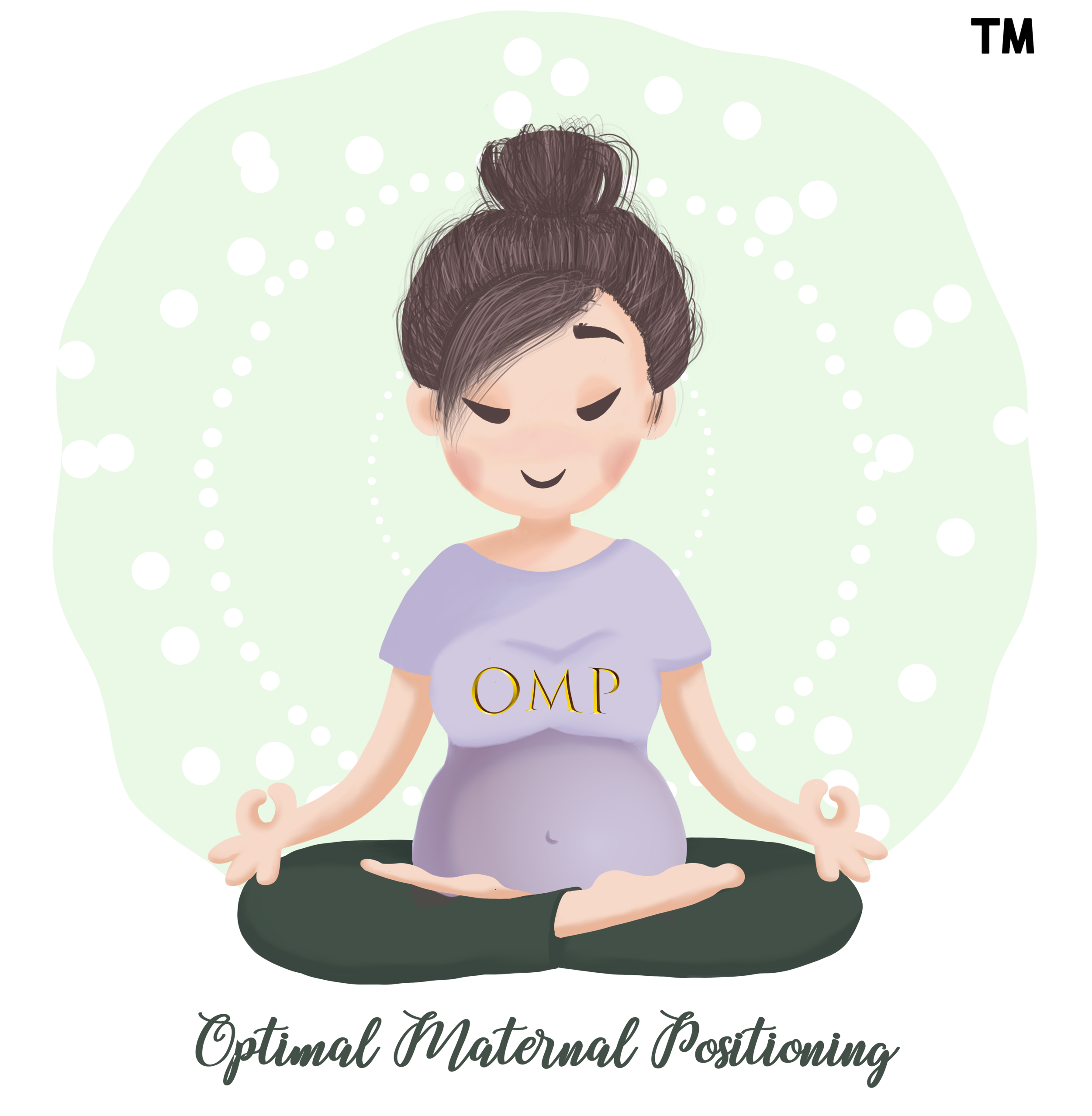What is Optimal Maternal Positioning?
There continues to be much discussion about optimal foetal positioning, and rightfully so because it is often the key to obtaining healthy vaginal births. The subject of ‘which way the baby’s face is facing’ and how it can impact labour, has been documented in the medical literature over the centuries by midwives and doctors alike. If the baby's face is up, or at mom's symphysis pubis, it often is cited as a reason for doing a c section.
With more than enough medical evidence and research to show how babies born in the posterior position or have been in a posterior position during labour has led birth workers worldwide to teach “Optimal Foetal Positioning” (OFP) - a handbook by New Zealander’s Jean Sutton and Pauline Scott – to pregnant women where they are taught to understand how the baby moves during labour, which positions to avoid, and which positions help turn a posterior baby.
Understanding WHY
Tips such as not sitting in the bucket seat of a car for too long are given, and mom’s willingness to follow suit is essential. However, the emphasis on having babies positioned in the Left-Occiput-Anterior (LOA) position before or at the start of labour can also trigger other insecurities, fears, exhaustion, and interventions for mom and baby.
Many women come to us for a VBAC (vaginal birth after caesarean) because their previous birth team missed classic signs of a posterior before and during labour including: going past due dates, mom feeling lots of limbs in front during her pregnancy and back pain during pregnancy, slow-to-start early labour, irregular contraction patterns, slow dilation with slow progress, or even rapid dilation with a slow and often difficult, if not excruciating second stage of pushing, or continuous back ache during labour and where the backaches are more intense than the contractions itself.
Knowing your Body
Whilst OFP has contributed to the knowledge of both pregnant mothers and birth attendants alike in enabling smoother deliveries, it also has its flaws that have not been taken into consideration such as the fact that research shows that 67% of mothers start labour with the baby in Left-Occiput-Transverse (LOT) and not Left-Occiput-Anterior (LOA).
Also, when we assume that LOA is the most favourable position, we do not take into consideration the different types of pelvis there is amongst women, and even if the mother has the type of pelvis that majority of women have, imbalances within the pelvis can also hinder the progress of labour.
Having a baby pass through the pelvis is like putting the key through the keyhole. If the key hole is not aligned, there may be problems of a smooth insertion. The key may get stuck and cause difficulties turning to unlock or even removing the key. The good news is there are many things that pregnant women can do to not just help with the key – key, meaning the baby! And there is a lot more than she can do to create space within the keyhole – meaning the pelvis, for the baby to pass through.
This is where Optimal Maternal Positioning (OMP) can support you
This is where ‘Optimal Maternal Positioning’ (OMP) comes in. OMP is an equally important concept which has a direct impact on optimal foetal positioning. Creating a smooth path for the baby to navigate through the pelvis during labour and birth depends on the ability for the baby to work through the cardinal movements during the processes of descent and dilation. And because of this perspective, the teamwork between the mother and her baby will give her the best chance of a swifter easier delivery.
“OMP is bringing alignment and mobility within the mother’s pelvis enabling the baby’s cardinal movements to facilitate labour progress”
